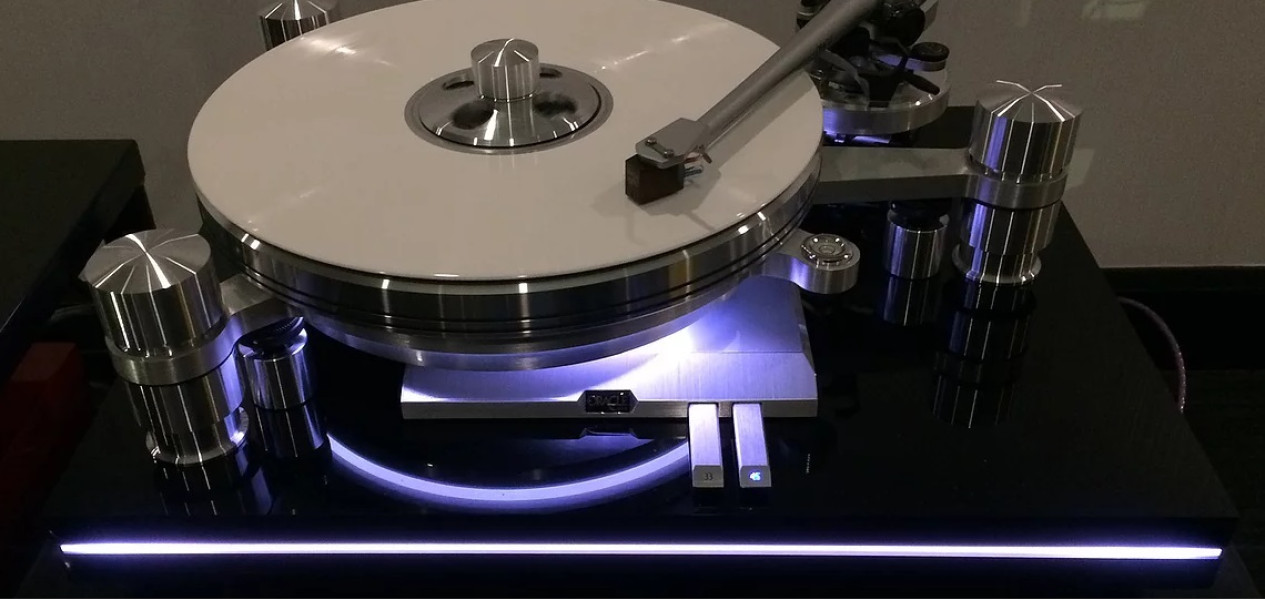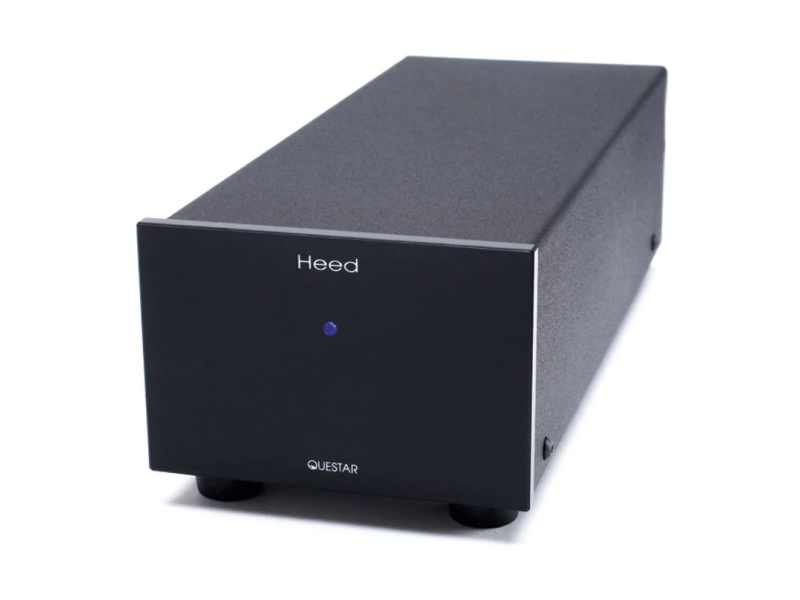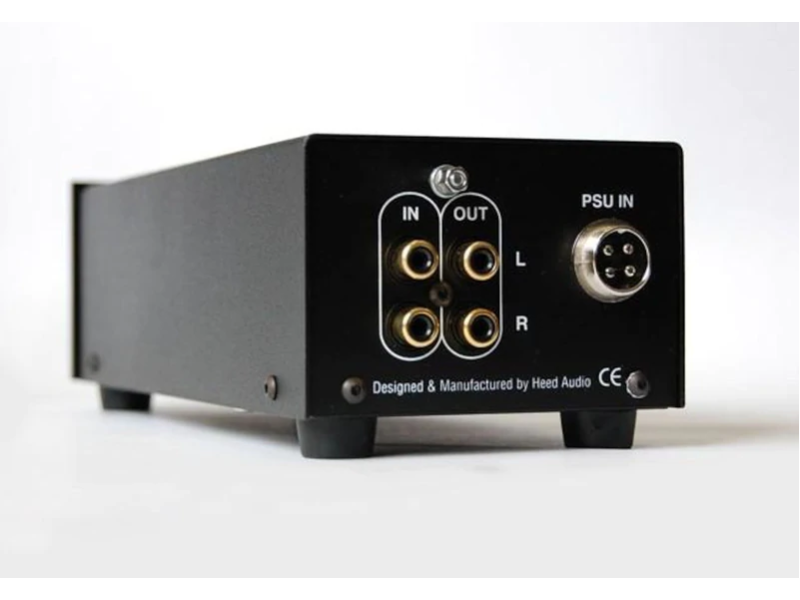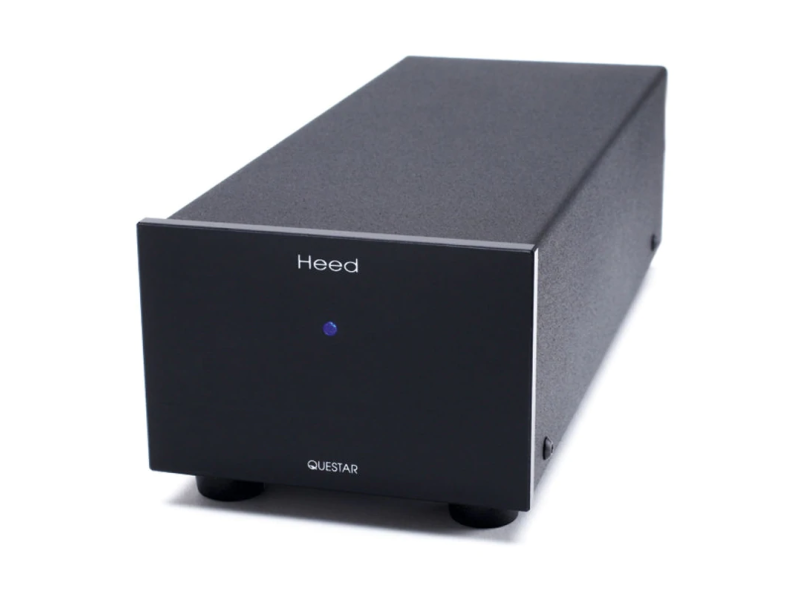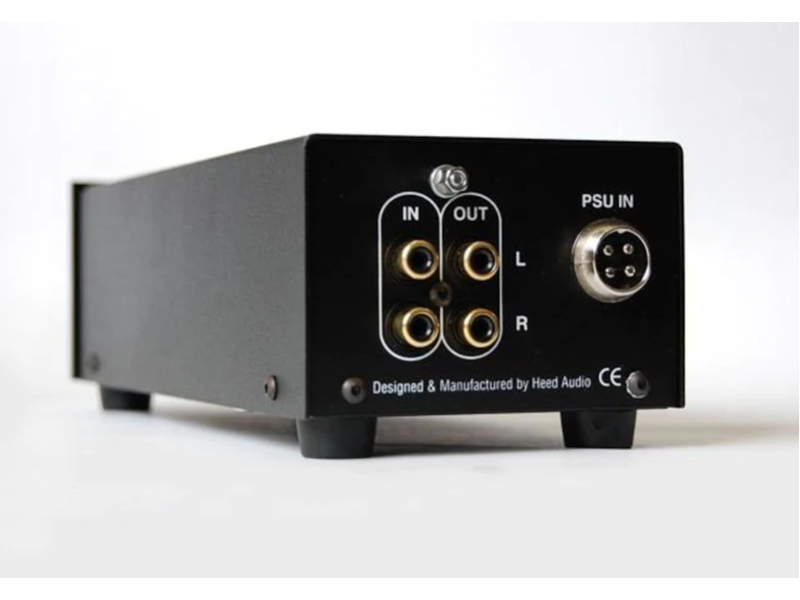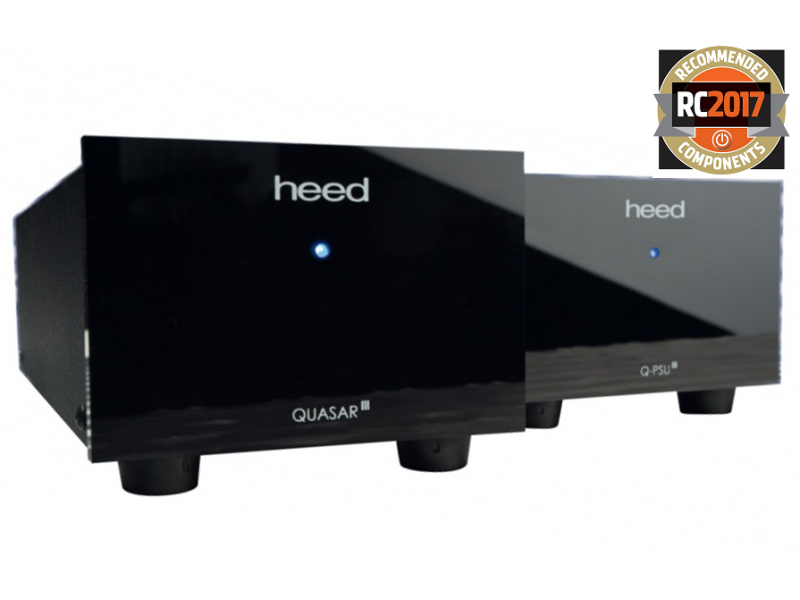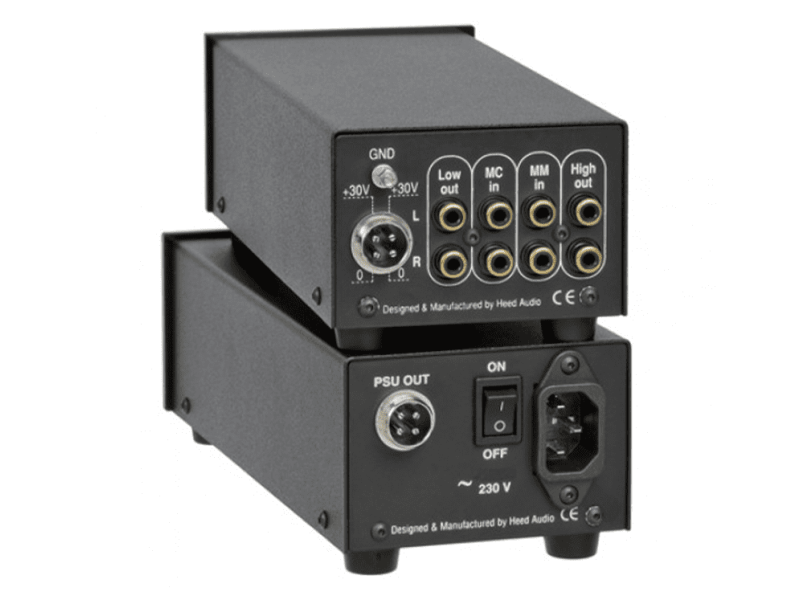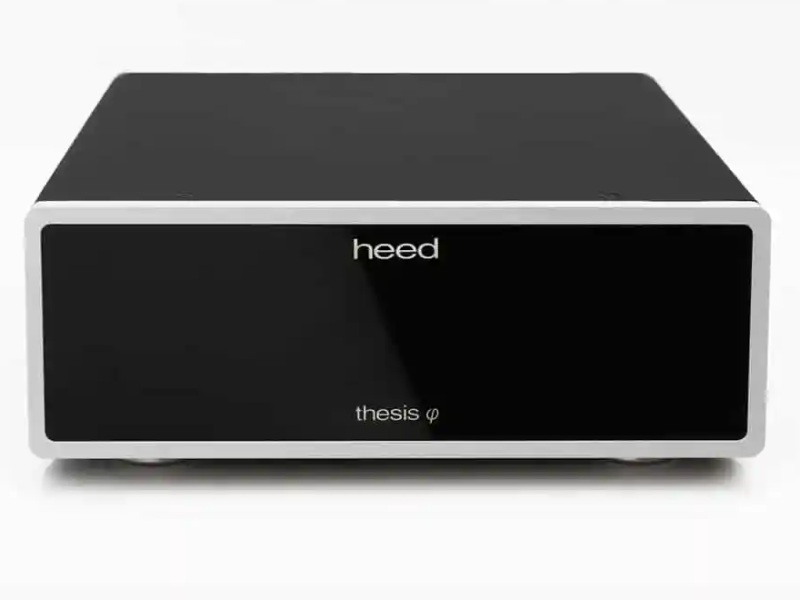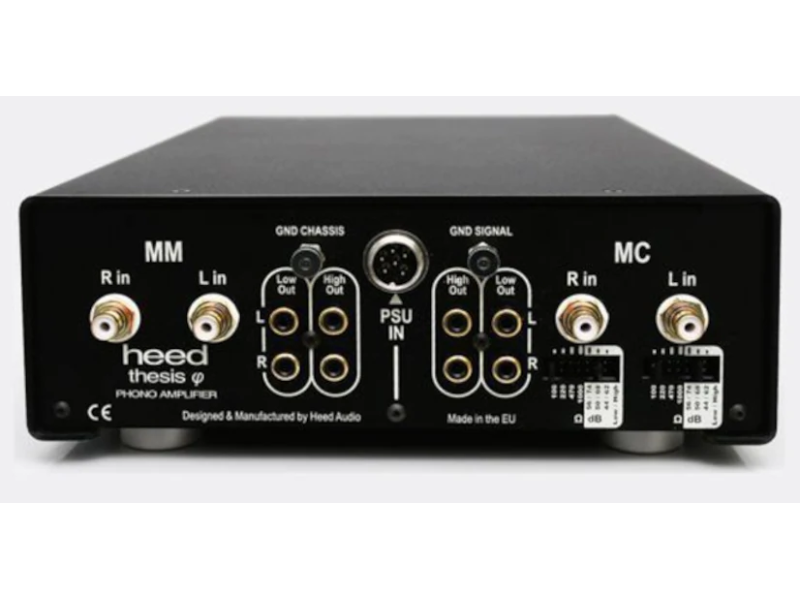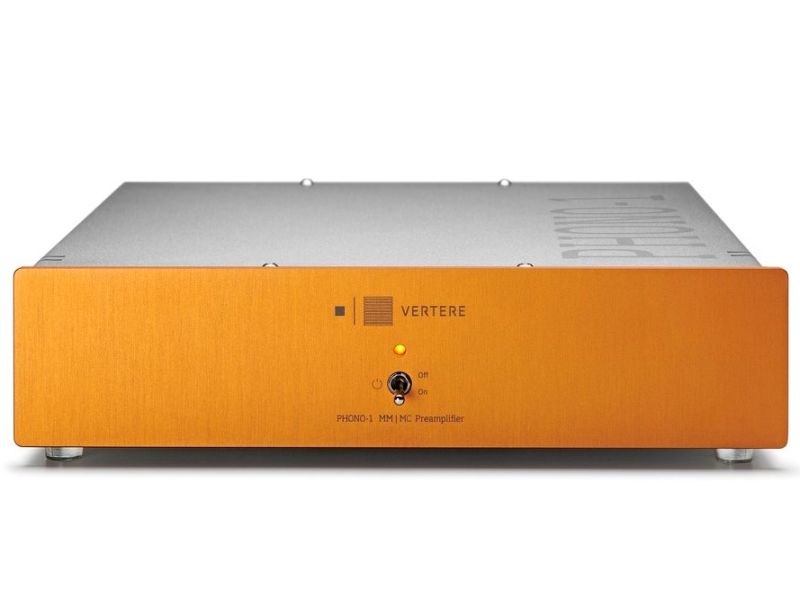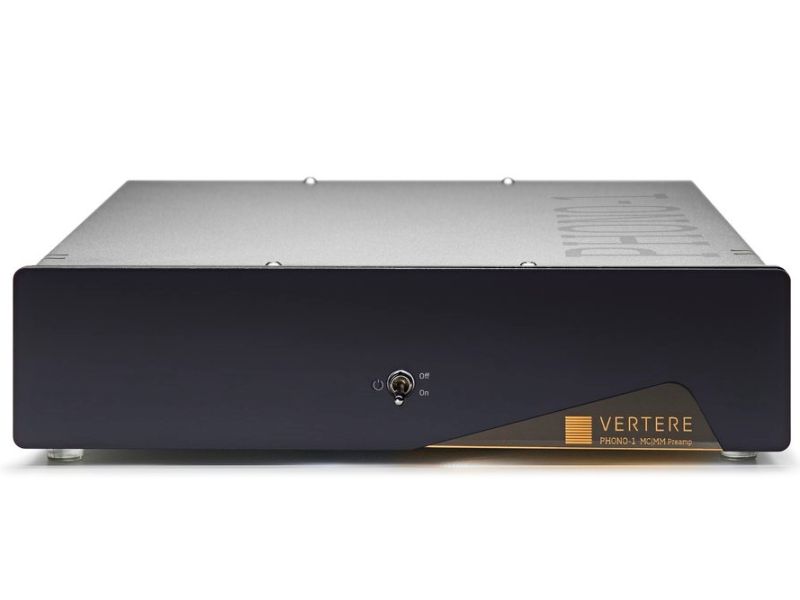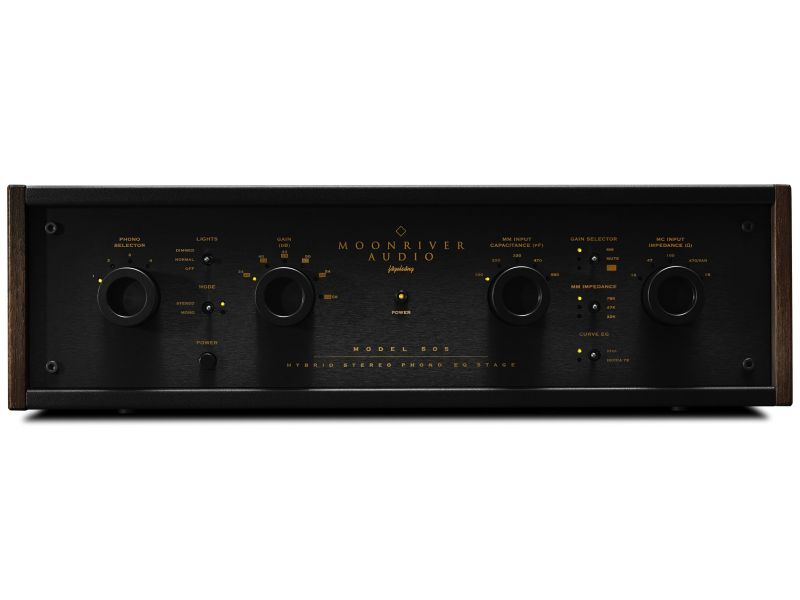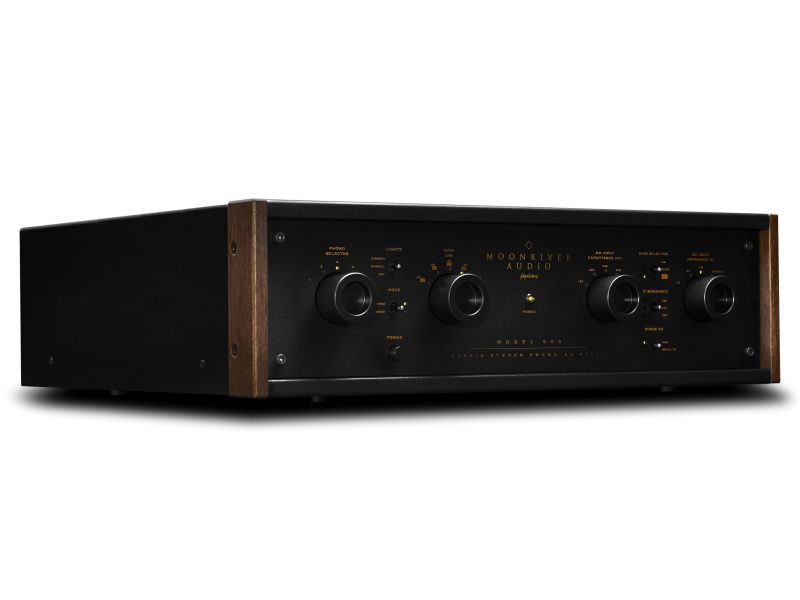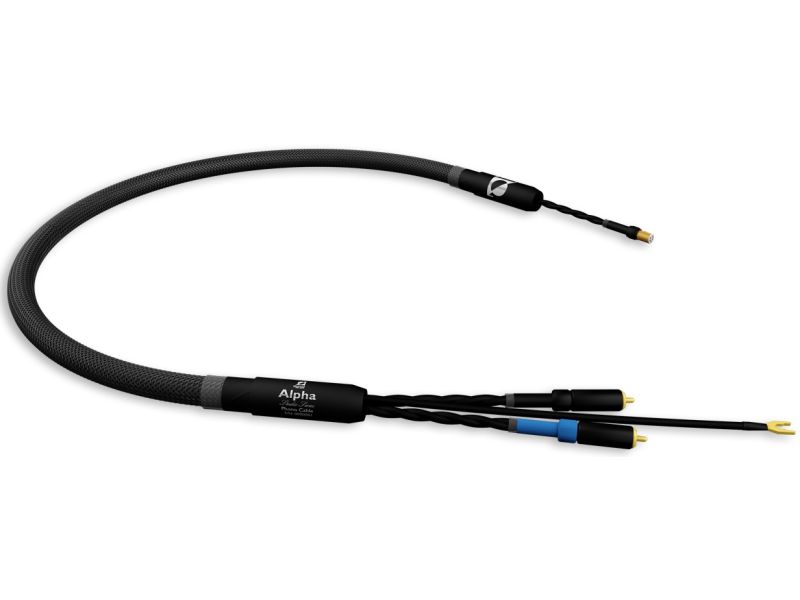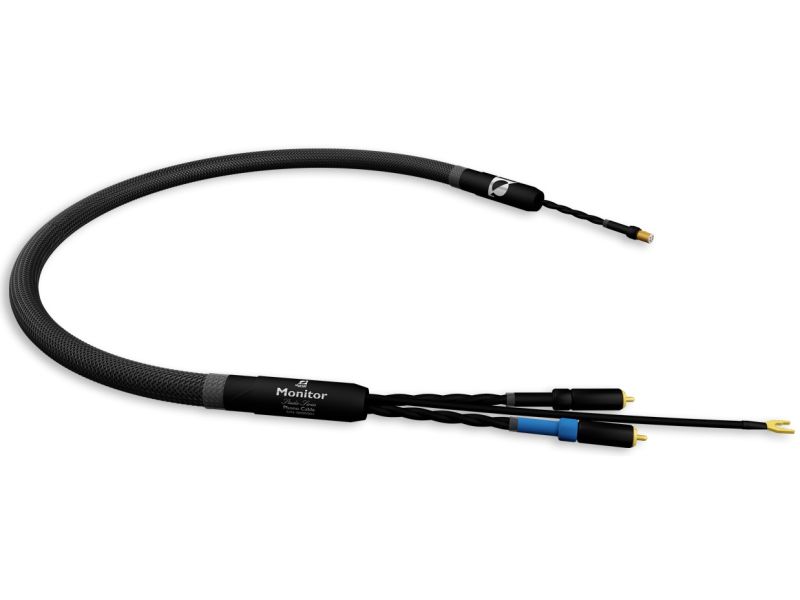- 0 Καλάθι Αγορών
-
ΤΟ ΚΑΛΑΘΙ ΑΓΟΡΩΝ ΣΑΣ ΕΙΝΑΙ ΑΔΕΙΟ
-
Oracle Delphi mkVI Signature
Το Oracle Delphi mkVI Signature ειναι ενα πικαπ χωρις βραχιονα. Διαθετει βαση ακρυλικη μαυρη. Διατιθενται armboards για καθε κατασκευαστη βραχιονων. Το καπακι και ο βραχιονας δεν περιλαμβανονται στην τιμη.
Διαθεσιμότητα: 4-10 ημέρες
ΔΩΡΕΑΝ ΑΠΟΣΤΟΛΗ ΣΕ ΟΛΗ ΤΗΝ ΕΛΛΑΔΑ
Το Oracle Delphi mkVI Signature ειναι ενα πικαπ χωρις βραχιονα. Διαθετει βαση ακρυλικη μαυρη. Διατιθενται armboards για καθε κατασκευαστη βραχιονων. Το καπακι και ο βραχιονας δεν περιλαμβανονται στην τιμη.
Εγγυηση Αντιπροσωπειας. Δυνατοτητα ανταλλαγων, δοσεων.
--------
Η ιστορια της Oracle απο την παρουσιαση του www.avmentor.gr
"Η Oracle είναι, ίσως, ο πιο γνωστός κατασκευαστής αναλογικών συστημάτων από τον Καναδά, με ιστορία 40 ετών και μια σαφή εμμονή στις αναβαθμίσεις των μοντέλων του.
Η εταιρία, με όνομα εμπνευσμένο από το αρχαίο ελληνικό “Μαντείο”, ιδρύθηκε το 1979 από τον Marcel Riendeau και την ίδια χρονιά παρουσίασε το πρώτο της προϊόν, το Delphi AC. Για την εποχή εκείνη το Delphi ήταν ένα πλατό με ιδιαίτερα προκλητική εμφάνιση και υιοθετούσε τις πλέον αβανγκάρντ λύσεις που είχαν στη διάθεσή τους οι κατασκευαστές, ανάμεσα στις οποίες η ανάρτηση του υποσασί σε τρία σημεία με κωδωνοειδή ελατήρια, το πλατό από κράμα μαγνησίου-αλουμινίου και -ίσως για πρώτη φορά- η χρήση clamp ως στάνταρντ. Η εταιρία, αναφέρει ότι μέχρι σήμερα έχει πωλήσει πάνω από 11.000 πλατό και το πολύ ενδιαφέρον είναι ότι τα μοντέλα της αλλάζουν σπανίως, καθώς η φιλοσοφία της εστιάζεται στην σταδιακή αναβάθμιση και την αλλαγή εκδόσεων, παρά στην ανακοίνωση νέων ονομάτων.
Σήμερα, ο κατάλογος με τα προϊόντα της Oracle περιλαμβάνει τρία μοντέλα, το κορυφαίο (και ίσως το πιο γνωστό) Delphi, το Paris και το Origine. Το Delphi βρίσκεται πλέον στην έκτη του έκδοση, MkVI (η MkI κυκλοφόρησε το 1980) και είναι διαθέσιμο σε τρία επίπεδα, Classic, Reference και Signature, το Paris στην πέμπτη έκδοση (MkV) και το νεότερο Origine στην δεύτερη έκδοσή του (MkII). Εκτός από τα πλατό, η εταιρία προσφέρει επίσης τέσσερις ψηφιακές πηγές, δύο τρανσπόρτ, CD2000 MkIII και CD1000 Mk III και δύο CD player, CD2500 MkIV και Paris CD250, προενισχυτές phono (Paris PH200 και PH100), δύο βραχίονες βασισμένους σε μοντέλα της SME (V και 345) καθώς και αξεσουάρ και κιτ αναβάθμισης παλαιότερων μοντέλων." avmentor
---------
The mere fact that something is beautiful doesn’t mean one should not try to make it even prettier! This is the challenge we recognized and accepted when developing the Signature concept. The Delphi turntable has always been perceived as a work of art and for the MkVI Signature we have introduced lighting effects that outline the turntable’s sculptural structure! The different choices of available colors and their combinations will allow you to create a visual environment that is “Any color you like”, matching perfectly with the mood of the moment!
The clear transparent base of the Delphi MKVi Classic was always meant to reflect the floating character of the Delphi’s reading apparatus, a free-standing sculpture that floats in thin air! The black acrylic base of the Signature version reflects the aluminum structure onto its surface and has it to stand out with very high contrast. The lighting effects of the sub-chassis and the acrylic base are independently selected with the supplied remote control.
Since 1979, Oracle Audio has been producing state-of-the-art stereo components. Oracle's first turntable, the AC model, introduced new features and technologies to the analog world. Oracle's Delphi MkI was introduced in 1980. The new Delphi MkVI is the sixth edition of the Delphi's line heritage. Through the years the Delphi won numerous prestigious awards and it has been acclaimed worldwide! The Delphi MkVI was awarded the Analog Grand Prix 2010 Gold Award from Japan, more recently Enjoy the Music.com's Best of 2014 Blue Note Award. To this day the Delphi is still Oracle's flagship product and still serves as a reference in the analog community!
Using the finest components and design technologies, the Oracle Delphi MkVI is exquisite in all aspects. Like its predecessors the Delphi MkVI is supported by three suspension pillars to efficiently control unwanted vibrations. It harbors a massive belt-driven platter that uses a center clamp system first introduced by Oracle back in 1979. The Delphi's floating chassis, milled from solid billets of aluminum, is an extremely rigid and inert structure supporting the tonearm and the platter. While the fabrication process of the Delphi is one of minute precision its development process is one of science and emotion; to bring out all of the music's depth and detail. Truly the Delphi MkVI is a work of art!
The Delphi MkVI was launched in late 2009 featuring our new and innovative Micro Vibration Stabilizer System which took its performance level to new heights! Today, summer 2015, we are introducing the Delphi MkVI Second Generation. This latest edition features a two-piece platter assembly which greatly facilitates drive belt installation while also reducing platter resonances. Our drive electronics module was also modified and now harbors a larger power reserve which provides more torque to the motor. Although it is offered as an option, our recently revised Turbo Power Supply MkII exceeds all our expectations! It has a signal that is so stable it outperformed our references! We consider the Turbo Power Supply MkII as a fundamental part of the Delphi MkVI Second Generation.
The new Delphi MkVI Second Generation provides a higher dynamic contrast than ever largely due to its improved transient response resulting in a remarkable ability to preserve the harmonic structure of the music. Driven by our new Turbo Power Supply MkII the Delphi MkVI Second Generation will transform your listening sessions into unforgettable lifelike experiences!
Suspension:
The Delphi sub-chassis / platter / tonearm assembly is suspended by a tripedal mounting, which eliminates room vibrations. Each suspension tower assembly combines 12 different components, using 7 different mechanical filters, all working as a whole to efficiently control unwanted vibrations.
Bearing assembly:
The traditional two bushing system has been replaced by a new system using six precision surfaced nylon screws. With this, Oracle reaches the highest level of rotational accuracy.
Motor drive electronics and drive belt:
Oracle selected a specially designed AC synchronous motor. The Delphi MkVI features a dual current drive circuitry. This provides maximum start-up torque energy and minimum efficient operational energy, which guarantees lowest possible motor vibration. The molded belt plays an important role in maintaining maximum speed stability.
Record / Platter:
The maximum rigidity of the 4kg (8.8 pound) platter is immune to vibration by distributing most of the mass around its outer edge. The flywheel effect increases momentum. Record coupling system (standard): Oracle pioneered the now well established “record clamp system” to solve specific vinyl disc “warp” problems.
Hard acrylic mat:
The Oracle acrylic mat made from specially formulated polymer shows better matching characteristics (impedance) with the vinyl disc.
Sub-chassis:
Oracle demonstrates that superior engineering can also be aesthetic. The hand brushed aluminum with a clear lacquer coated skeletal sub-chassis will dissipate unwanted energy through efficient coupling and clamping methods. Maximum rigidity, minimal surface area and energy control are key design.
Plinth:
The standard plinth is Clear Acrylic. An optional Black Granite plinth is available for an extra charge.
Power Supply:
The Delphi MkVI comes standard with a regular power supply. The optional Turbo Power Supply MkII is the result of an extensive development and performance comparisons between reference elements such as special batteries and monstrous power source. The Oracle Turbo Power supply outperformed them all! The turbo power source transforms an outstanding performance into a wonderful musical experience. Both power supplies ship with a removable power cord.
Oracle/SME Tonearm (Optional):
The Oracle/SME tonearm provides superbly detailed and transparent sound, making the music seem more alive and open. This tonearm offers differing pivot to stylus distances and was designed for the needs of a broader market requiring alternative arm length and interchangeable shell facility. The internal wiring of the tonearm is upgraded to Van den Hul MCS 150 silver litz wire.
Dimensions and Weight
Dimensions: 363 X 475 X 150 mm
Weight: with acrylic base: 16 kg
Design & Technology: The global concept of the new Oracle Delphi MkVI, now in its 35th year, was developed around the control of micro vibrations and micro calibration. The micro vibration can be introduced from the inside as well as from the outside. We have to understand that the micro movement of the phono cartridge’s stylus is extremely vulnerable when capturing the minute deviations from the record groove. At the same time this stylus is extremely powerful because it sends through the system a vibrational energy that can and will stimulate other vulnerable components. This will also translate into resonances.
How can it happen? Resonances generated by the tonearm bearings and the tonearm tube will go back all the way to the stylus and induce a coloration that is in no way related to the music being reproduced. Tonearm bearings play an extremely important role in the quality and integrity of the signal reproduction. Any micro movement within the tonearm bearings will also translate into a mechanical cancellation (two objects moving simultaneously in opposite directions). This means that the stylus will not capture all the micro signals engraved on the vinyl recording. When we think about the vibrational energy generated from the outside of the record player it is extremely difficult to identify all the sources that can affect the system but it is possible to regroup most of them into 3 categories: electrical, mechanical and acoustical. I will not address the electrical aspect here. For the other two categories the best option would be to completely isolate the player from the sound room in order to protect it against the sound pressure level. As for vibration, the use of an extremely massive platform would help keeping the unwanted mechanical energy outside of the picture. This would not be realistic and certainly not aesthetically successful! The magnetic isolation can be a solution but at the same time it can be a significant part of the problem.
What changes have been made to the drive modules? The Delphi MkVI is a work of technical development and design aesthetics. As far as the aluminum drive module is concerned we made a cosmetic change to reach the visual balance of the new MkVI. The major change on the circuit with respect to the MkV series was to go from a circuit in fully discrete components to a surface mount configuration. The MkVI Second Generation version was modified to increase the current supply to the motor resulting in a motor torque increase of about 15%. Although minor this upgrade has a significant impact on the sonic performance of the Delphi MkVI Second Generation. We use a low voltage, precise synchronous AC motor on the Delphi MkVI Second Generation.
What is the influence of the bigger sub-chassis on the performance of the MkVI? The floating sub-chassis of the Delphi MkVI was made larger than its predecessors. By using a larger sub-chassis we have improved the weight distribution simplifying the suspension calibration. The purpose of the counter-weight is to add more mass to the front left suspension tower to more efficiently counter-balance the mass of the tonearm. The coupling of the counter-weight to the floating sub-chassis also contributes in reducing internal sub-chassis resonances. Its positioning, well in sight on the inferior part of the sub-chassis, is a design detail meant to bring the Delphi a more massive look. The central part of the floating sub-chassis was made larger which had for effect to reduce the length of the three legs extending towards the suspension towers. We also increased the rigidity of the tonearm mounting section by widening the tonearm mounting ring support by about 35 percent.
How does the MkVI bearing system differs from the MkV? The MkVI bearing system maintained the 6 point contact configuration that was developed for the MkV. We are now using a different material for the 6 calibration set screws. The main advantage of the MkVI bearing lies in the fact that the 6 new precision set screws are virtually inert to temperature change. This allows us to calibrate the main bearing system with greater accuracy and closer tolerances. This has a huge and direct impact on the signal reproduction quality of the Delphi MkVI. The MkVI bottom trust plate has been replaced with a polyamide-imide (PAI) high strength plastic with the highest strength and stiffness of any thermoplastic. It has outstanding resistance to wear. The impact of this new trust plate is extremely significant on the sound quality because of its ability to limit the noise generated by the spinning platter. The sonic benefits of the new MkVI bearing system are extremely significant and they are drastically revealed especially when in combination with the micro-vibration stabilizer system (MVSS).
How significant is the Micro Vibration Stabilizer System? The Micro Vibration Stabilizer System is the single most significant and most efficient improvement made to the Oracle turntable since its creation 35 years ago! The MVSS system represents the final barrier to the elimination of the micro vibrations. This system will virtually eliminate the access of micro vibrations to the most critical part of the turntable, the sub-chassis, tonearm, phono cartridge and platter assembly.
What is the purpose of the MVSS? The purpose of the MVSS is to capture and dissipate the micro vibrations that are present within the floating sub-chassis without short circuiting the efficiency of the Oracle suspension system. By eliminating the micro vibrations the stylus / platter interaction becomes more accurate, the stylus becomes more stable and better controlled. This increased stability allows the phono cartridge to retrieve more information from the record groove which translates into a more accurate signal reproduction which will not only impact the lower register but the whole spectrum. This global improvement will be very noticeable at all levels: improved musical accuracy, harmonic integrity, transient's sharpness, dynamic contrast, tonal balance, depth of image. The listener suddenly becomes more musically involved and this is a very unique experience!
How does the MVSS system control work? Beside each suspension tower a small reservoir is secured to the acrylic base of the Delphi. They are filled with an extremely low viscosity silicone fluid. Again, near the suspension housings a threaded stem is mounted to the bottom section of the sub-chassis, those are lining up with the silicone reservoirs, a threaded lock nut and a tapered shape plunger will complete the mechanism. Once the tonearm and cartridge are precisely calibrated, the suspension system perfectly adjusted the turntable is ready to operate. The plungers on each sub-chassis leg are now lining up with the reservoirs mounted to the acrylic base. When in the fully up position the plungers do no come in contact with the silicone fluid in the reservoirs. It is then possible to play your Oracle without the MVSS in operation. Then experiment with the calibration of the plungers by turning them clockwise when viewing them from above the turntable as reference. Each full turn will generate a plunger dis lacement of 1,27mm (0,050”). The same calibration should be done for each plunger. Since we are dealing with micro vibrations it is extremely important to lock the plunger in position with the locking ring. Moving the plungers by one turn increments will reveal how they influence the performance. At the factory the best results were achieved between 1½ and 2 full rotations of the plungers. This represents a plunger penetration from 1.90mm à 2.54mm 2,80mm into the silicone fluid. We also believe that the ambient temperature has little influence on the depth calibration of the plungers. The type of support furniture or the nature of the flooring may require some fine tuning of the calibration. The MVSS calibration is done by listening to music so it is in fact a matter of finding the sweet spot where we get the best equilibrium.
What about the new Delrin adjustable feet? In our quest to further increase the performance level of the new MkVI we did not hesitate to challenge each of the systems we had in place on the Oracle Delphi. Extensive testing and listening test convinced us that the use of Delrin was extremely beneficial to the performance of the turntable. We found the new MkVI Delrin adjustable feet to provide a better sonic balance with all the different equipment racks it has been tested. This new system further improves the natural tones of the instrument and voices. In fact, it is the whole musical spectrum that is gaining from this new system!
Has the power supply been changed at all? The basic version of the Delphi MkVI comes with a simple and efficient power supply. The Turbo Power Supply MkII is optional but highly recommended as it brings a substantial improvement to the performance level of the Delphi. Its DC power cord is made out of highly performing monofilament thread. What contributes the most to the sonic improvement we get from using the new Turbo Power Supply MkII is the reduction of the parasitic noise (ripple) to less than one millivolt, down from 120 millivolt ripple in the signal of the previous Turbo Power Supply MkI version.

